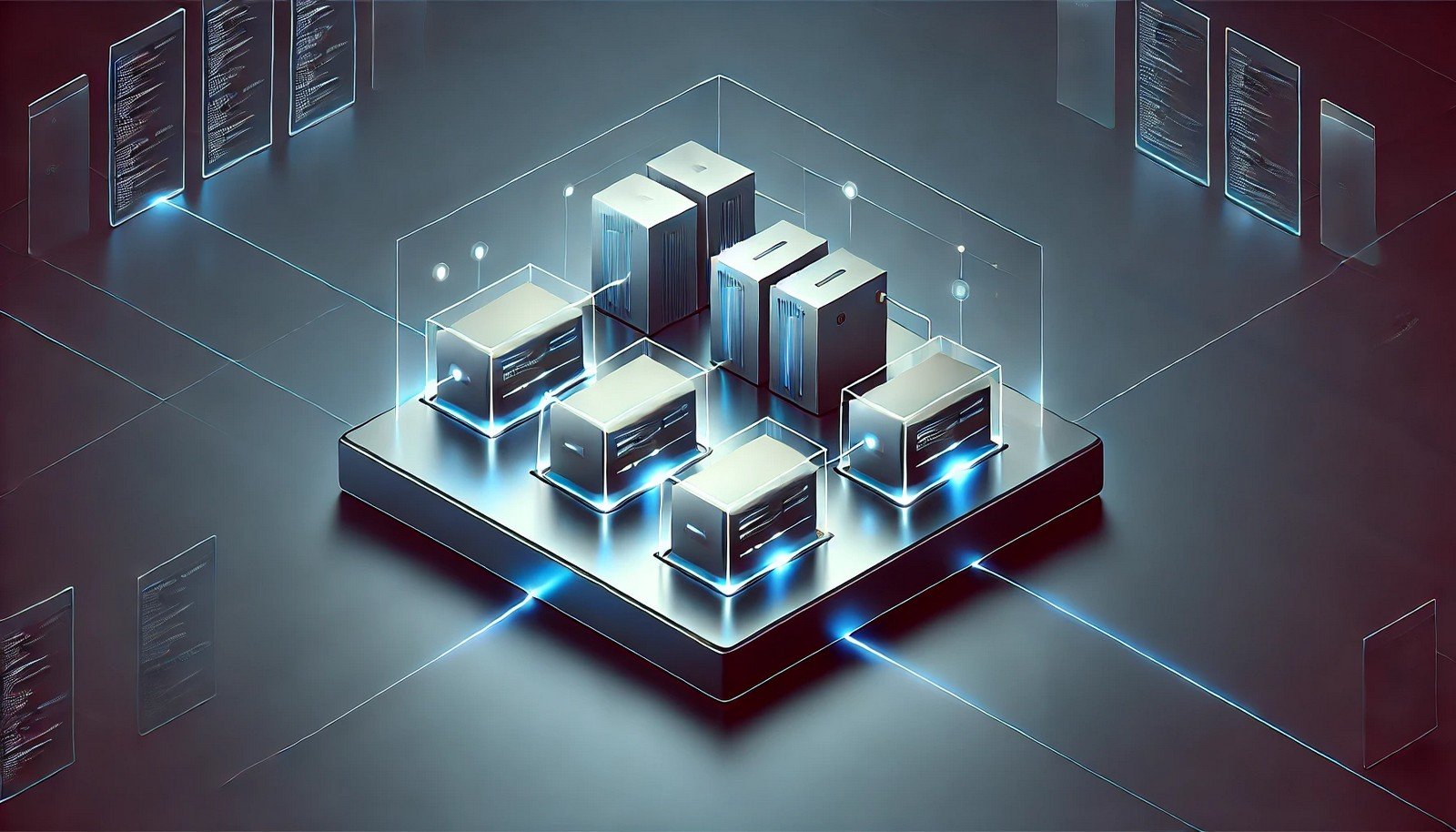Process Isolation

(Representational Image | Source: Dall-E)
Quick Navigation:
- Process Isolation Definition
- Process Isolation Explained Easy
- Process Isolation Origin
- Process Isolation Etymology
- Process Isolation Usage Trends
- Process Isolation Usage
- Process Isolation Examples in Context
- Process Isolation FAQ
- Process Isolation Related Words
Process Isolation Definition
Process isolation is a fundamental security and memory management mechanism used in operating systems to prevent one process from interfering with another. It ensures that each process runs in its own protected memory space, safeguarding data integrity and preventing unauthorized access. Modern operating systems achieve process isolation through techniques such as virtual memory, hardware-enforced boundaries, and access control mechanisms.
Process Isolation Explained Easy
Imagine you are in a library where each person has their own study booth with walls around them. This setup ensures that no one can peek at another person's notes or interfere with their work. Process isolation works the same way in a computer: it keeps different programs in separate "booths" so they don’t mess with each other’s data.
Process Isolation Origin
The concept of process isolation originated with early multitasking operating systems in the 1960s. As computers evolved to run multiple applications simultaneously, the need for strict separation of processes became essential to prevent crashes, security breaches, and resource conflicts.
Process Isolation Etymology
The term “process isolation” is derived from "process," referring to an executing program, and "isolation," meaning separation or protection from interference.
Process Isolation Usage Trends
Process isolation has become increasingly crucial in modern computing, especially with the rise of cloud computing and containerization technologies like Docker. Virtual machines and secure sandboxes rely on process isolation to provide safe, scalable, and efficient multi-user environments. Additionally, cybersecurity threats have heightened the focus on isolating processes to mitigate malware attacks and system vulnerabilities.
Process Isolation Usage
- Formal/Technical Tagging:
- Operating Systems
- Cybersecurity
- Virtualization
- Process Management - Typical Collocations:
- "secure process isolation"
- "virtual memory isolation"
- "sandboxed process"
- "operating system isolation"
Process Isolation Examples in Context
- Web browsers use process isolation to ensure that one tab crashing doesn’t affect others.
- Operating systems like Linux use process isolation to prevent unauthorized access between user applications.
- Cloud platforms rely on process isolation to maintain security between different virtual machine instances.
Process Isolation FAQ
- What is process isolation?
Process isolation is a security and memory management mechanism that ensures processes operate independently, preventing data leaks and unauthorized access. - Why is process isolation important?
It protects system stability, enhances security, and prevents one process from interfering with another. - How does an operating system enforce process isolation?
Through memory segmentation, virtual memory, access control, and hardware support. - What is the role of process isolation in cybersecurity?
It limits the spread of malware by keeping processes separate and reducing attack surfaces. - Is process isolation used in web browsers?
Yes, browsers like Chrome use process isolation to separate tabs, enhancing security and performance. - How does process isolation work in virtualization?
It ensures that each virtual machine runs independently without interfering with others. - What is the difference between process isolation and virtualization?
Process isolation separates individual processes within an OS, while virtualization creates fully separate OS instances. - Does process isolation impact system performance?
While it introduces overhead, modern systems optimize it to balance security and performance. - Can malware bypass process isolation?
Advanced malware techniques may attempt to do so, but modern security measures make it extremely difficult. - How does process isolation relate to containerization?
Containers rely on process isolation to separate applications running on the same host.
Process Isolation Related Words
- Categories/Topics:
- Operating Systems
- Security
- Virtualization
- Cloud Computing
Did you know?
Google Chrome introduced process isolation for web pages in 2008 to improve security and stability. This approach prevents malicious sites from affecting other tabs or accessing sensitive user data, making it a key innovation in browser security.
PicDictionary.com is an online dictionary in pictures. If you have questions or suggestions, please reach out to us on WhatsApp or Twitter.Authors | Arjun Vishnu | @ArjunAndVishnu

I am Vishnu. I like AI, Linux, Single Board Computers, and Cloud Computing. I create the web & video content, and I also write for popular websites.
My younger brother, Arjun handles image & video editing. Together, we run a YouTube Channel that's focused on reviewing gadgets and explaining technology.



Comments powered by CComment